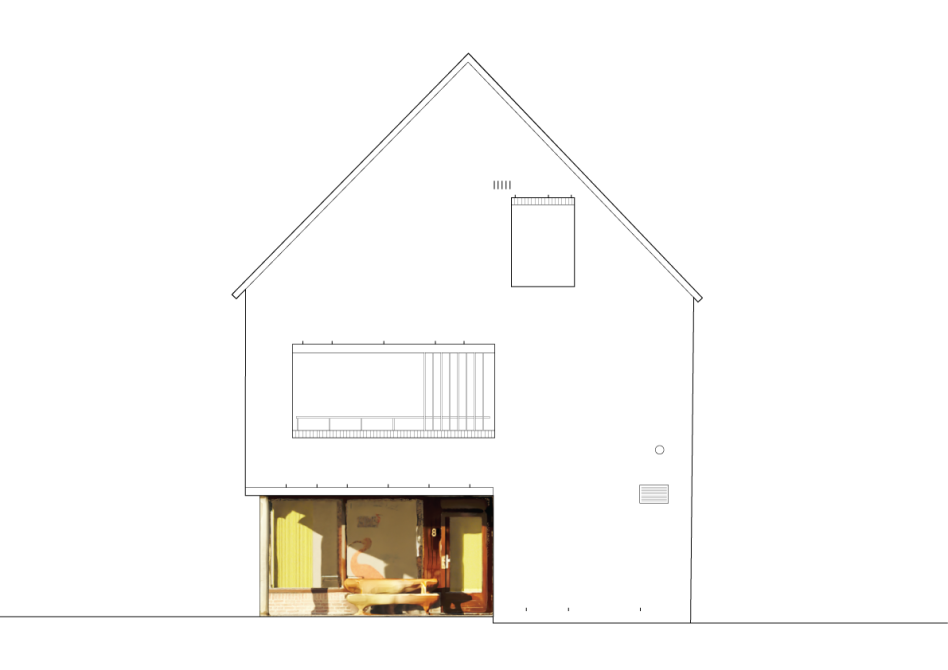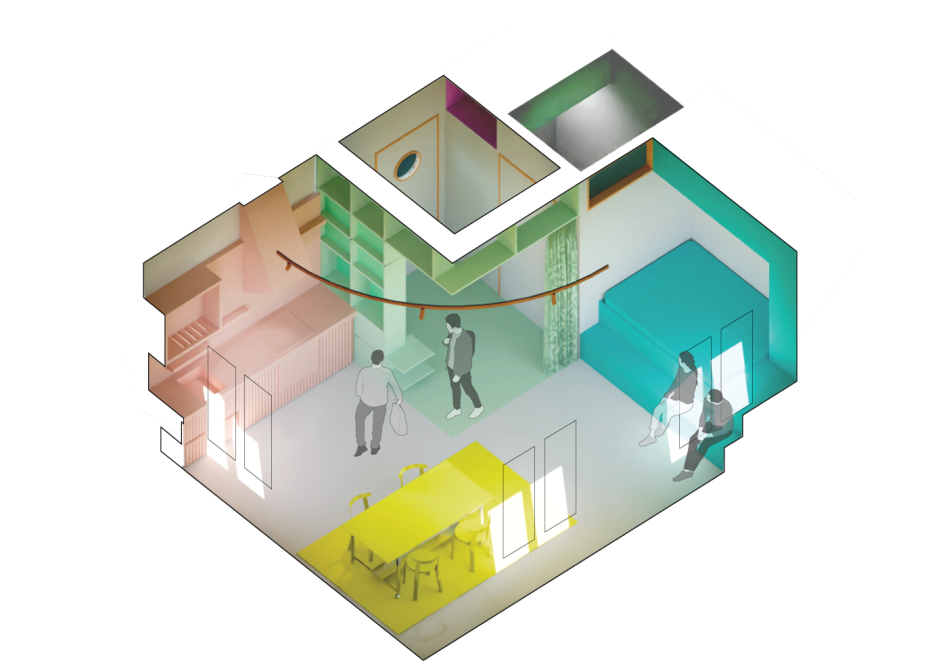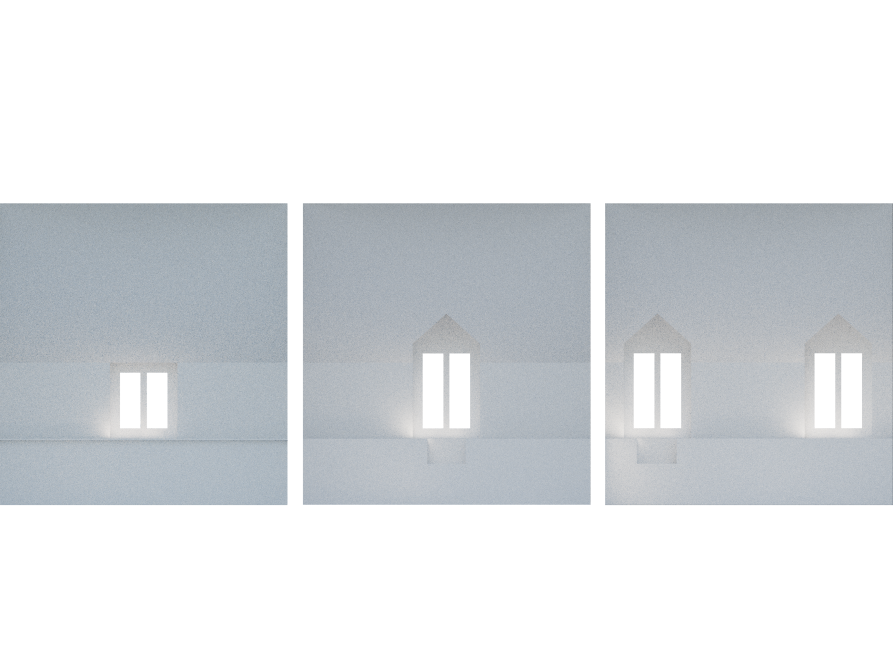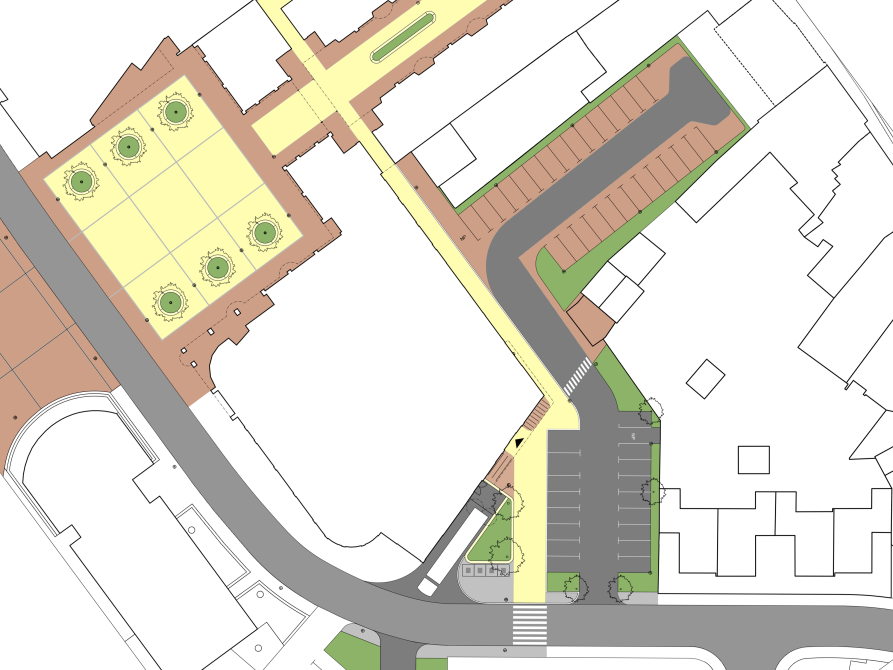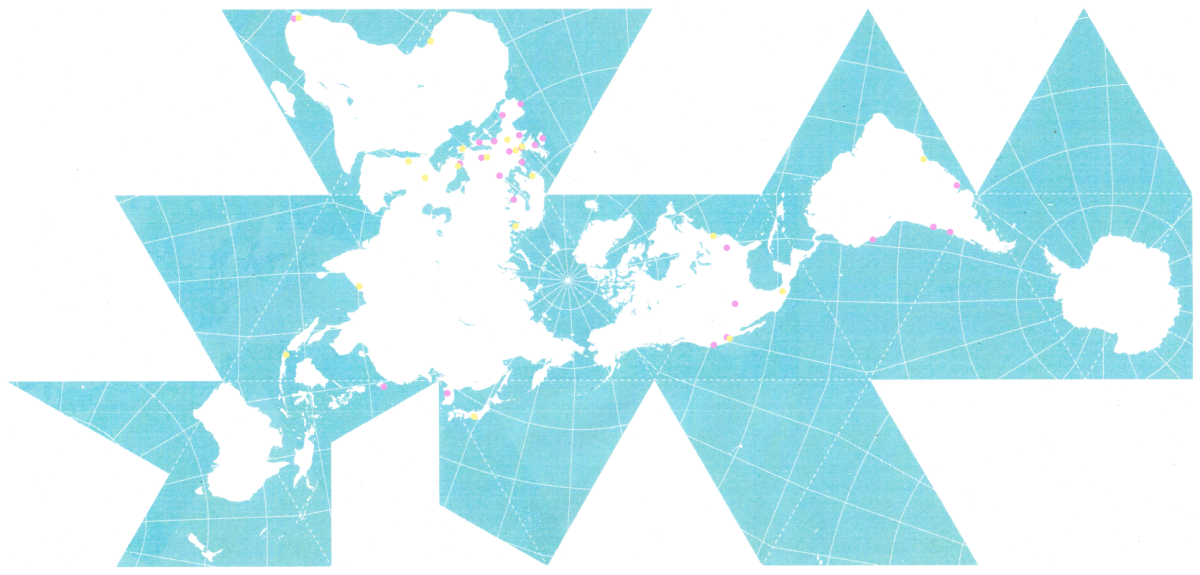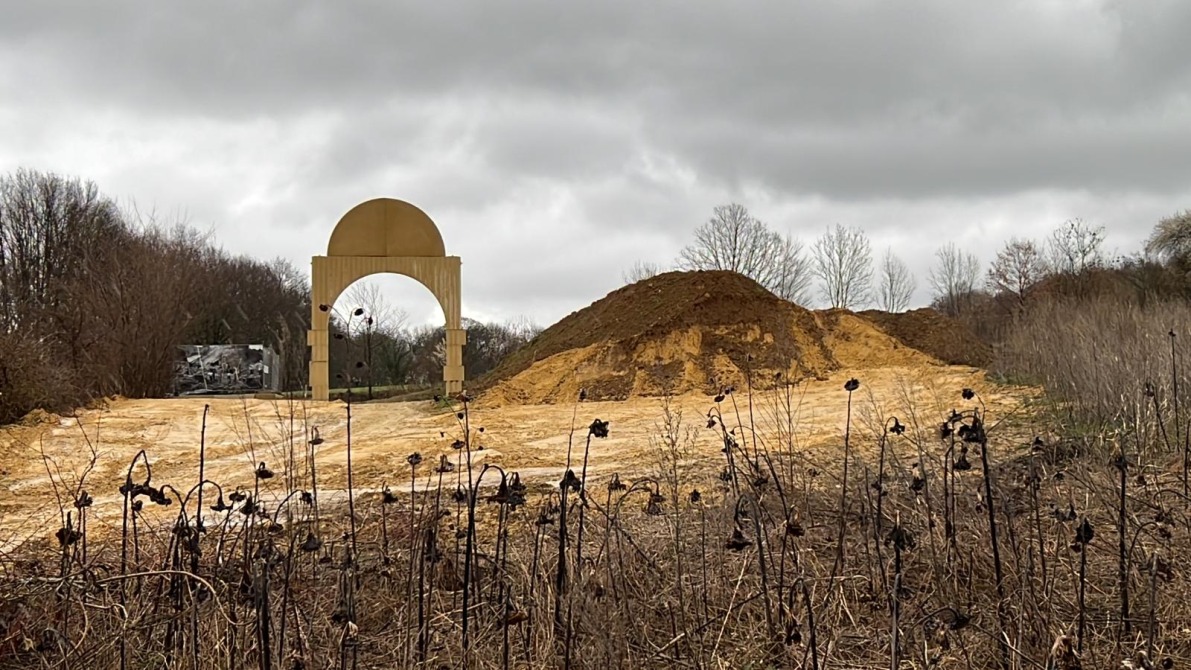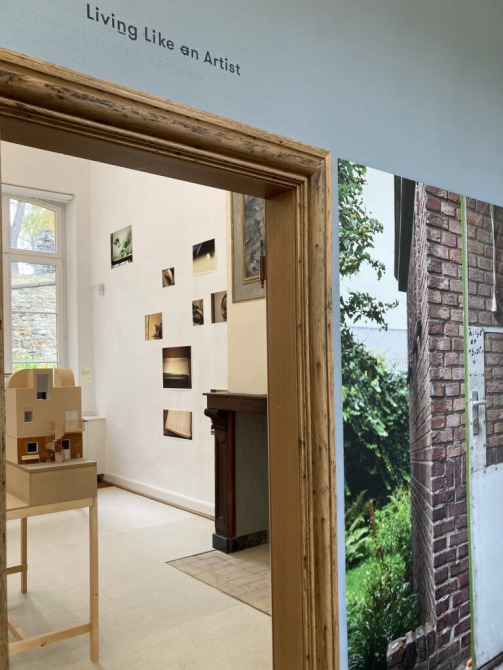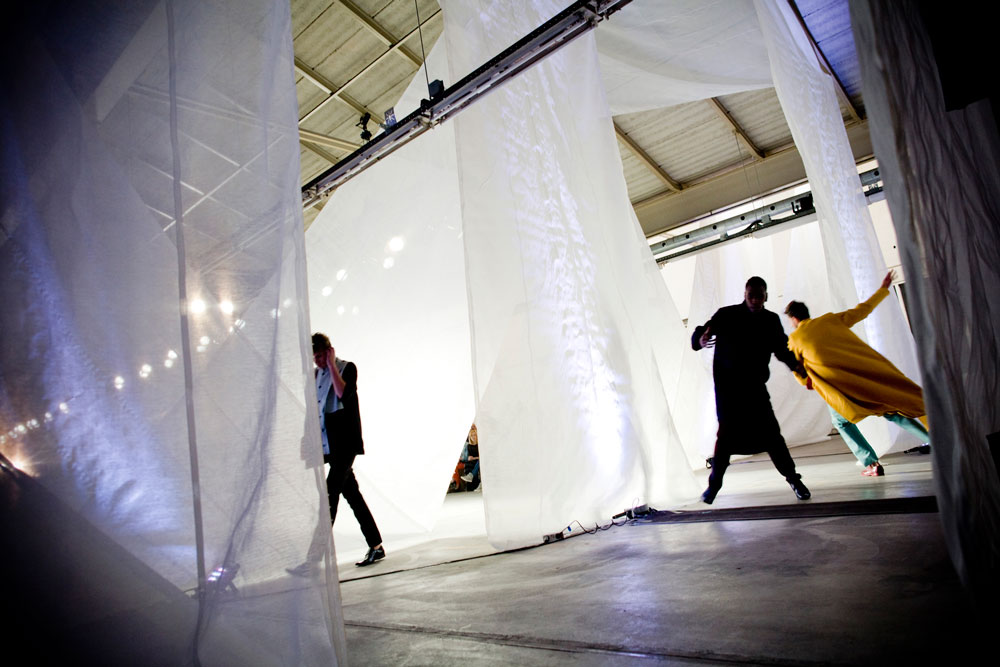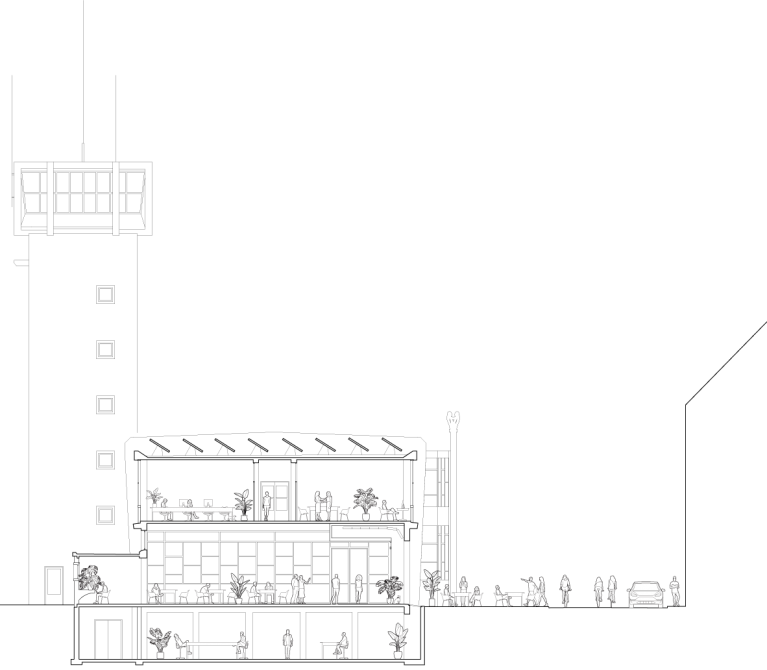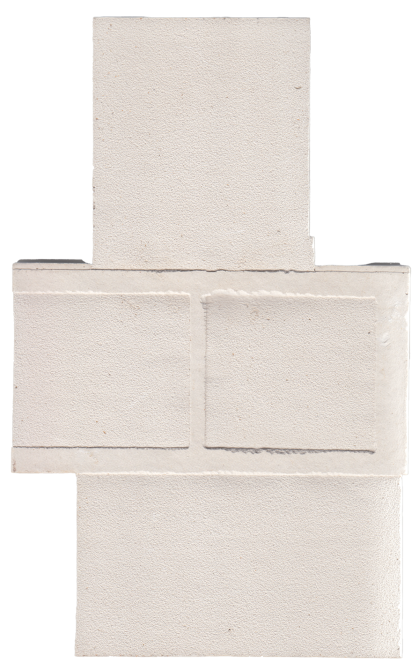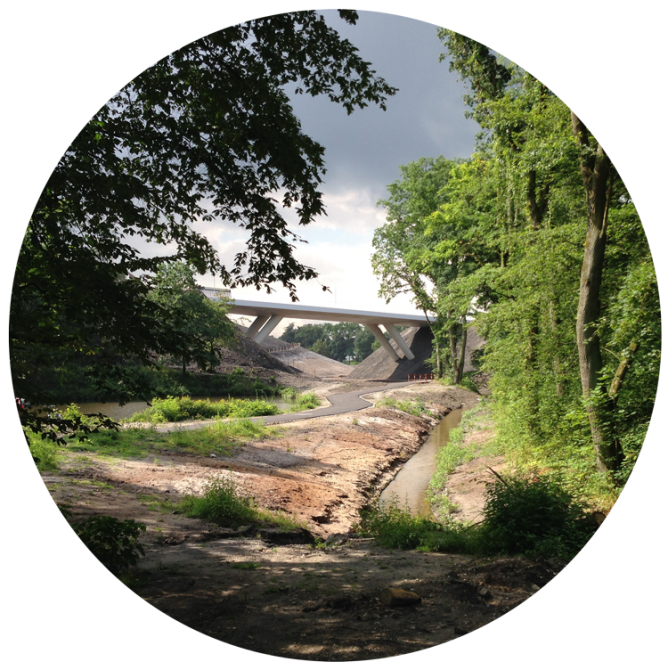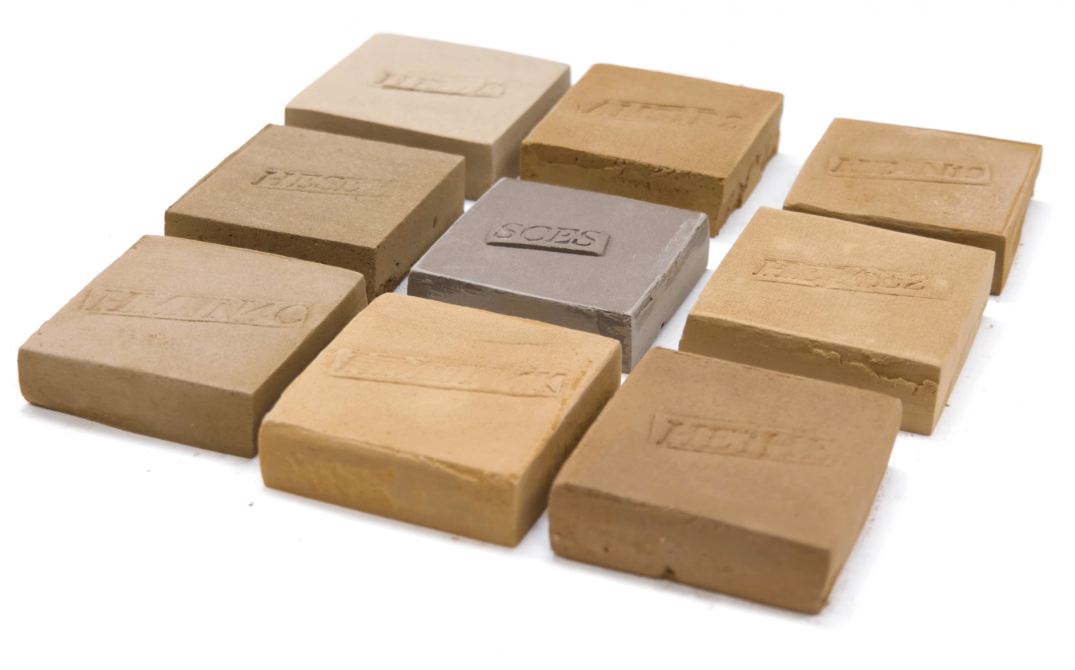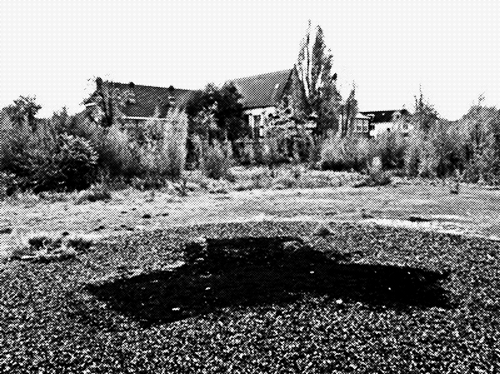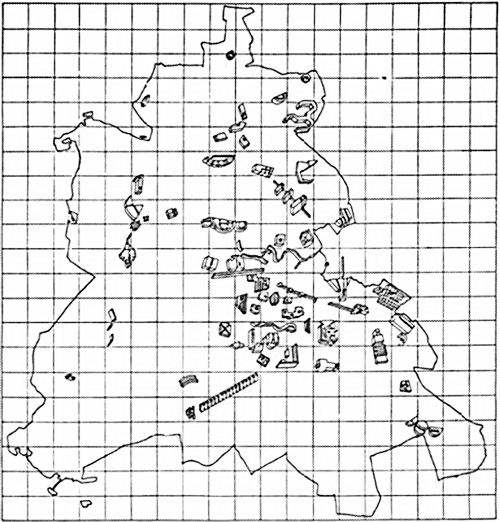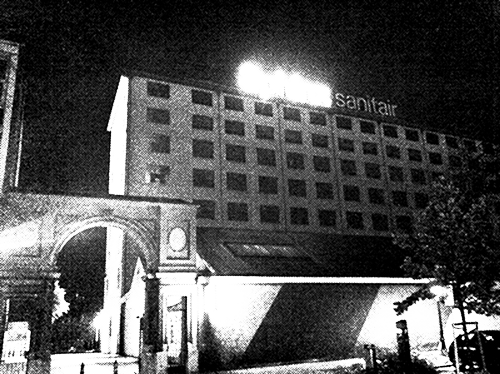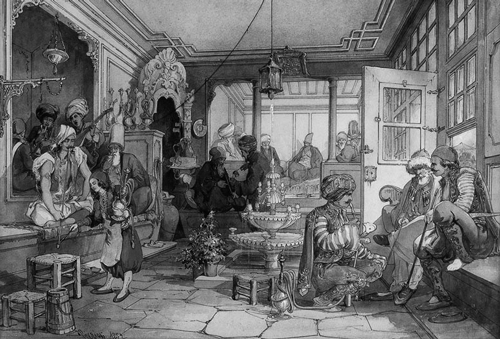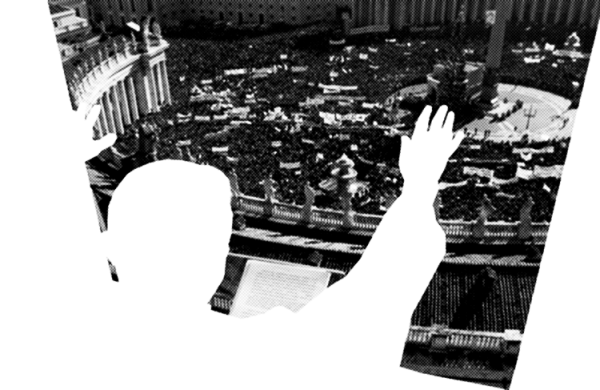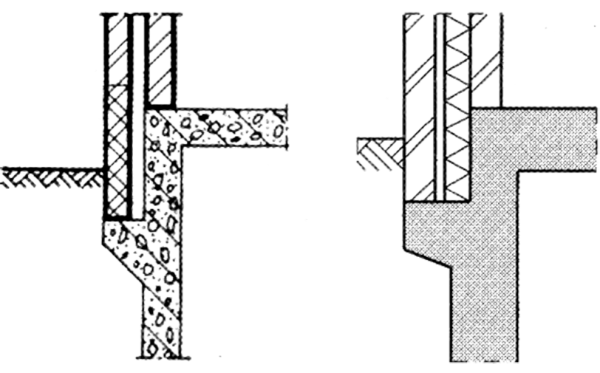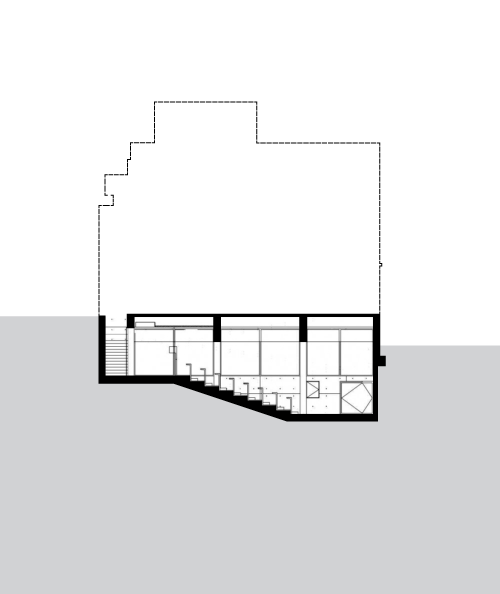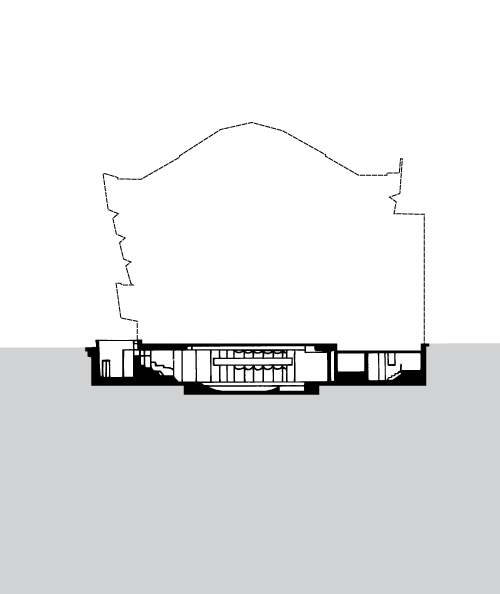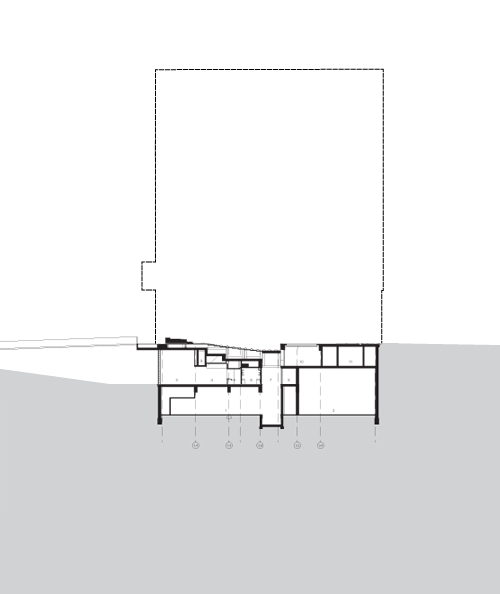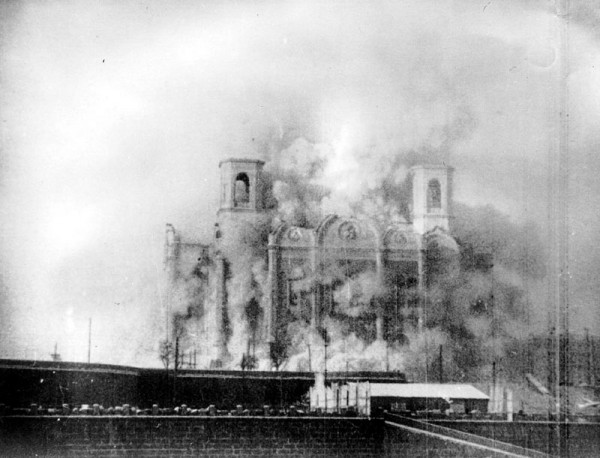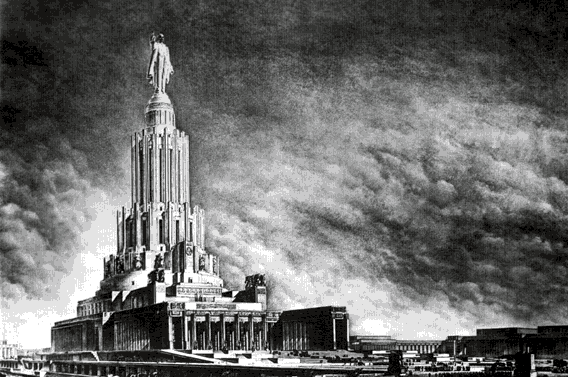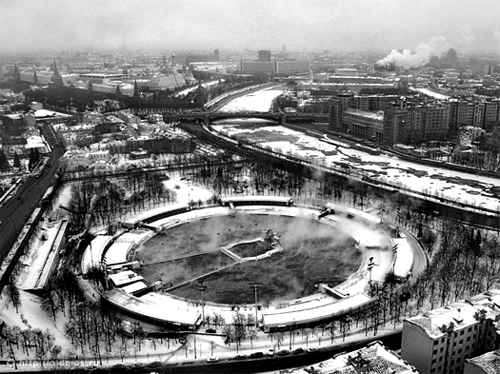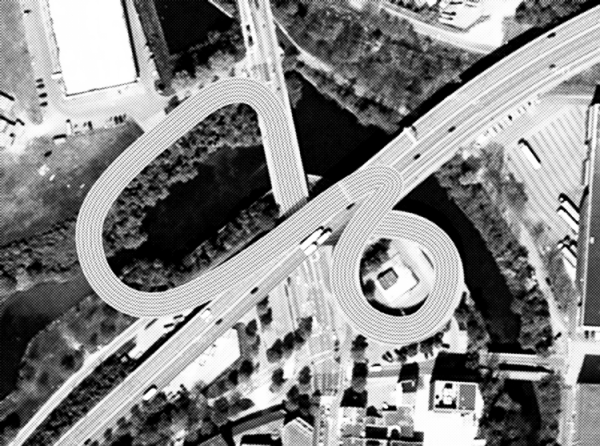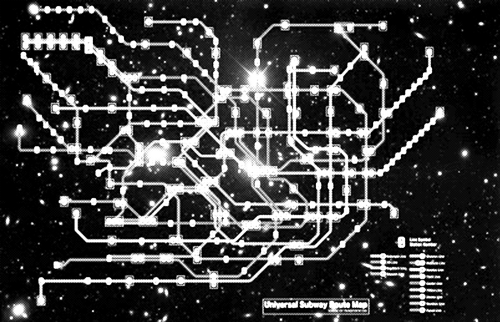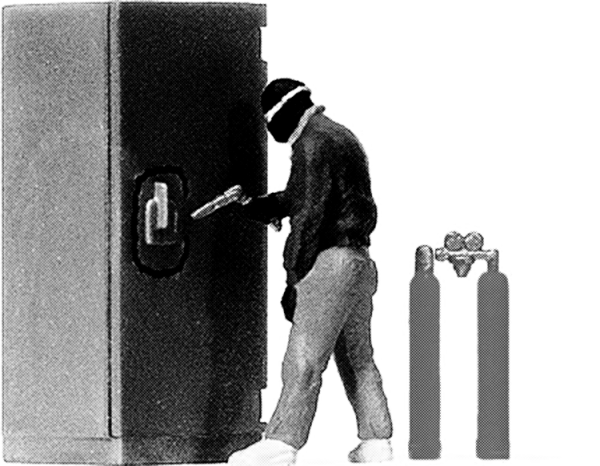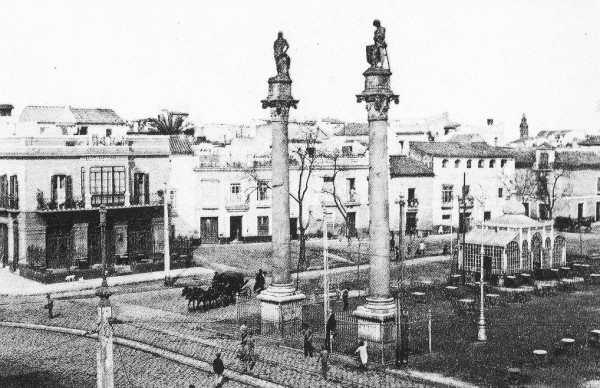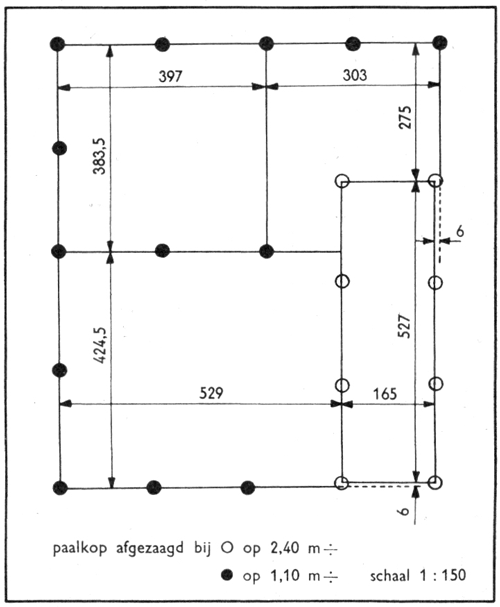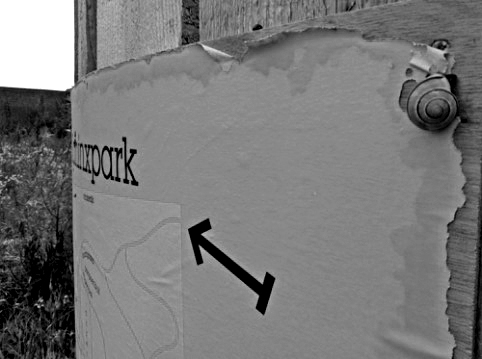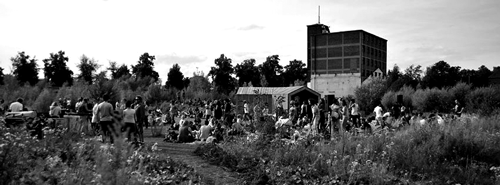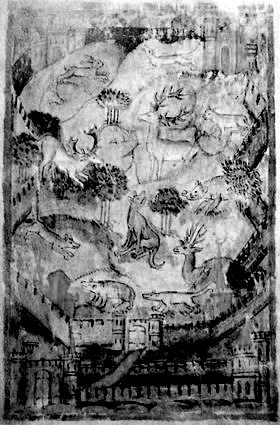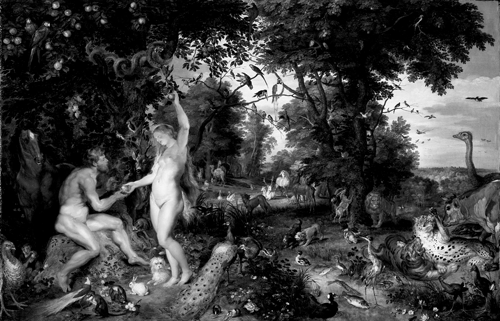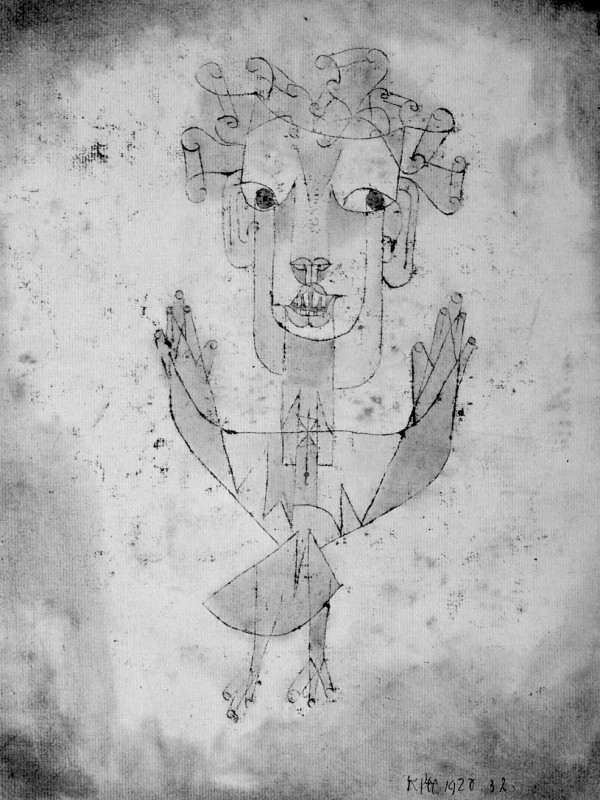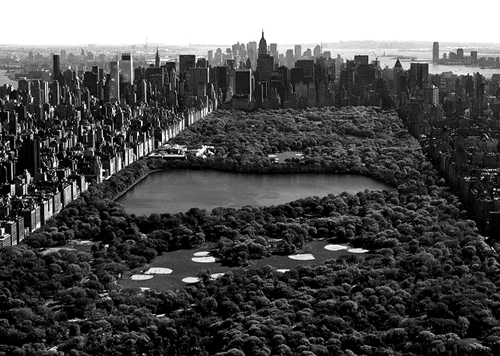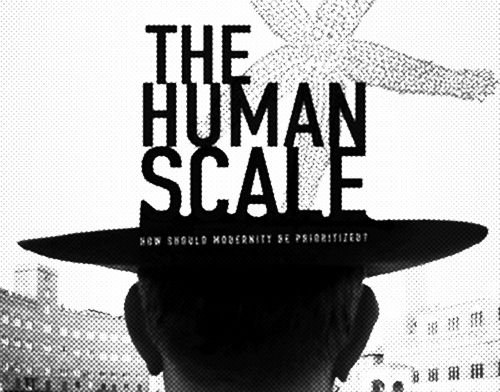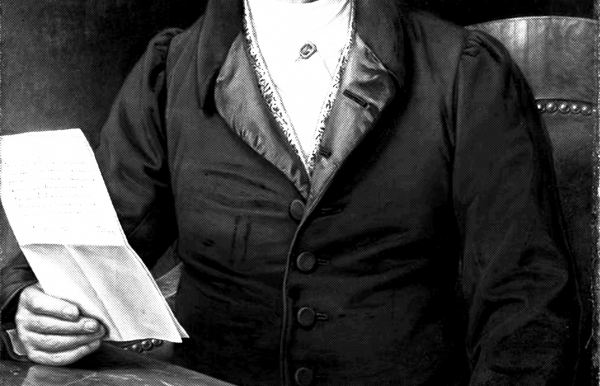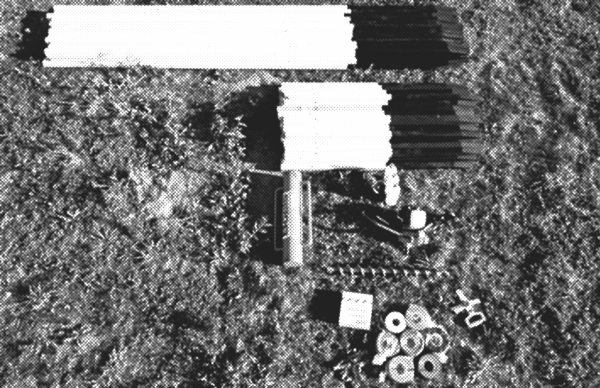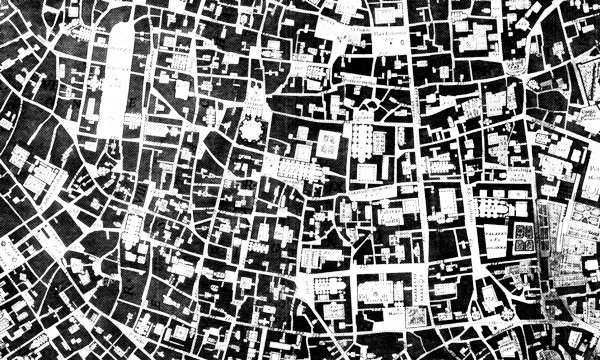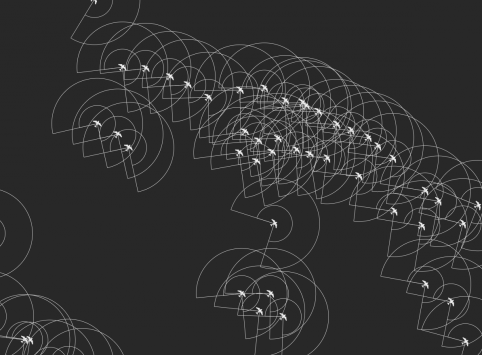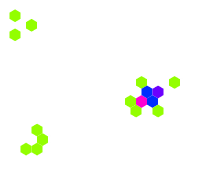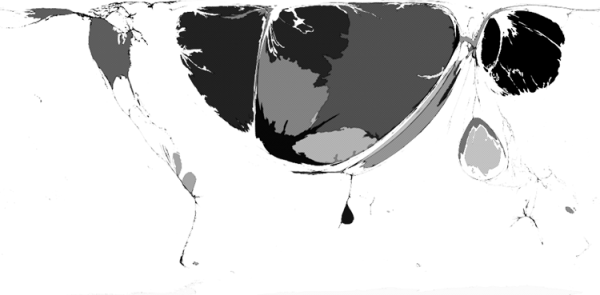
Principes
Architecture has the power to influence quality of life, strengthen communities and promote sustainability. Studio Stad designs architectural solutions that create positive change, this can range from sustainable building practices to creating inclusive and accessible spaces.
Architectuur heeft de kracht de kwaliteit van leven te beïnvloeden, gemeenschappen te versterken en duurzaamheid te bevorderen. Studio Stad ontwerpt architectonische oplossingen die positieve veranderingen teweegbrengen, dit kan variëren van duurzame bouwpraktijken tot het creëren van inclusieve en toegankelijke ruimtes.
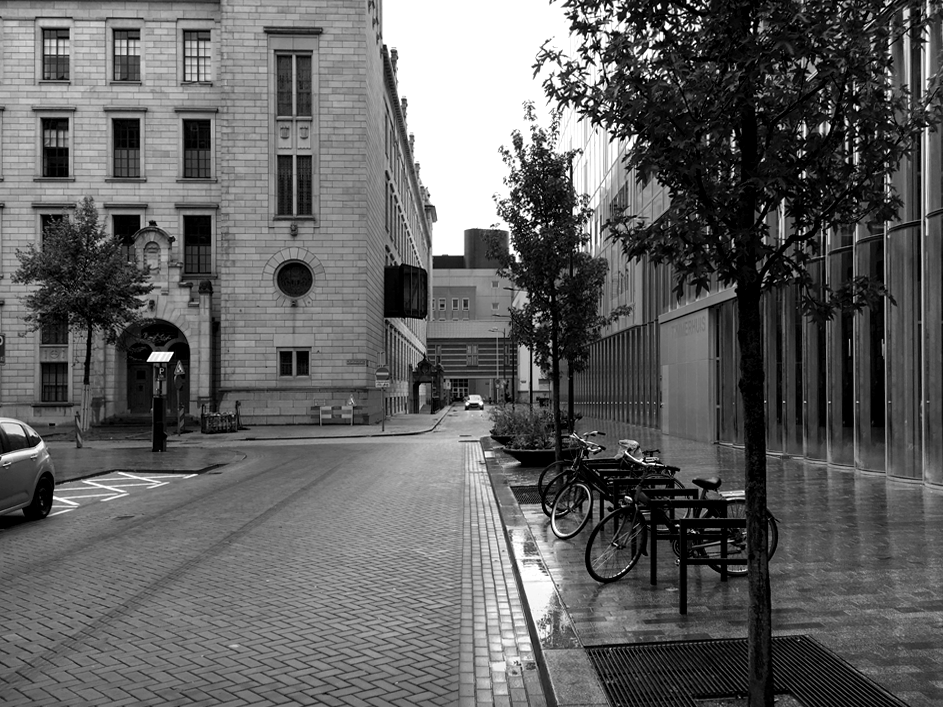
img. Rotterdam, a collage without Photoshop
Understanding the origins of human needs, on the one hand, and setting technically feasible benchmarks in preliminary research, on the other, provides a deep insight into the fundamental aspects of architecture and urbanism. By combining this approach, Studio Stad ensures that our designs match current and future needs.
Our work is recognisable, innovative and the pursuit of impact emphasises the importance of effective design and of creative, aesthetic value. Good design is an architectural achievement with a positive impact on the environment and the people who use it.
Our critical eye will help identify and address challenges and shortcomings in issues, because a critical, constructive approach is solution-oriented and encourages improvement. It results in projects that balance aesthetics, functionality and social responsibility.
Studio Stad's approach aims to create architectural solutions, that ensure a positive contribution to society and the environment. This integral perspective is essential for promoting sustainable and responsible urban development.
Het begrijpen van enerzijds de oorsprong van menselijke behoeften en anderzijds het vaststellen van technisch haalbare benchmarks in voorbereidend onderzoek biedt een diepgaand inzicht in de fundamentele aspecten van architectuur en stedenbouw. Door deze benadering te combineren, zorgt Studio Stad ervoor dat ontwerpen aansluiten bij de huidige en toekomstige behoeften.
Ons werk is herkenbaar, innovatief en het streven naar impact benadrukt het belang van effectief ontwerpen en van creatieve, esthetische waarde. Een goed ontwerp is een architectonische prestatie met een positieve invloed op de omgeving en de mensen die er gebruik van maken.
Onze kritische blik zal helpen uitdagingen en tekortkomingen in vraagstukken te identificeren en aan te pakken, want een kritisch, constructieve aanpak is oplossingsgericht en stimuleert verbetering. Het resulteert in projecten met een evenwicht tussen esthetiek, functionaliteit en sociale verantwoordelijkheid.
De benadering van Studio Stad is gericht op het creëren van architectonische oplossingen, die een positieve bijdrage aan de samenleving en de omgeving waarborgen. Dit integrale perspectief is essentieel voor het bevorderen van duurzame en verantwoorde stadsontwikkeling.

